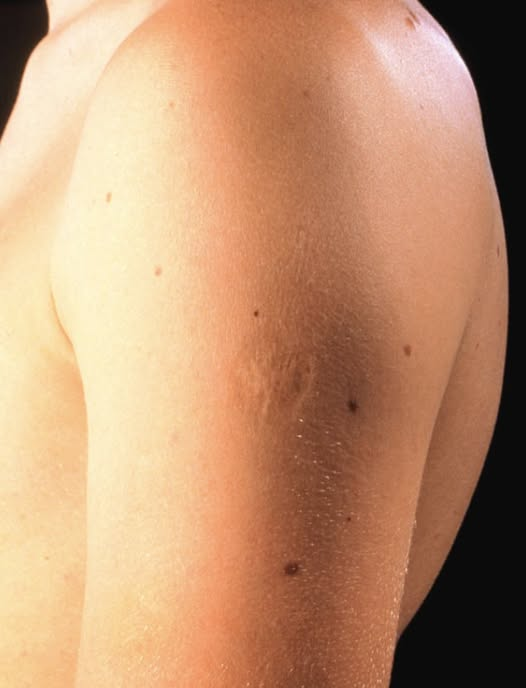
As a child, I was always intrigued by a small, circular scar on my mother’s upper arm, just below her shoulder. It stood out—faint, yet unmistakable—and I often wondered how it came to be. For years, it remained a quiet mystery in my mind until one day, I noticed the exact same type of scar on the arm of an elderly woman I met. The sight immediately reignited my curiosity and prompted me to finally ask my mother about it. That’s when she told me it was a scar left by the smallpox vaccine, a common mark for many people of her generation.
Smallpox was once among the most feared infectious diseases in the world. Caused by the variola virus, it led to widespread suffering, characterized by high fevers, painful rashes, and a high mortality rate. The disease was highly contagious and often fatal, claiming millions of lives throughout history. However, thanks to one of the most successful global vaccination campaigns in medical history, smallpox was officially declared eradicated in 1980. In the United States, routine smallpox vaccinations were discontinued in 1972, as the threat of the disease diminished.
The smallpox vaccine was unique in how it was administered. Unlike modern-day vaccines that use standard needles or syringes, the smallpox vaccine was delivered using a bifurcated needle—a special forked tool designed to puncture the skin multiple times. This method typically resulted in a noticeable lesion at the injection site, which would scab over and eventually heal into a permanent scar. For many, this scar became a lifelong symbol of immunity and a reminder of a historic battle against a devastating disease.
Today, that small, round scar on my mother’s arm tells a powerful story—a story of global health triumph, scientific advancement, and resilience. It represents a time when public health efforts came together on a global scale to eliminate one of humanity’s deadliest diseases. Though smallpox is no longer a threat, the vaccine scar remains a visible reminder of the past and a testament to the life-saving power of vaccines.


